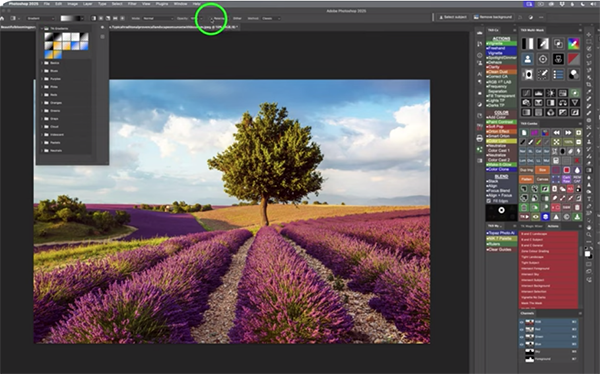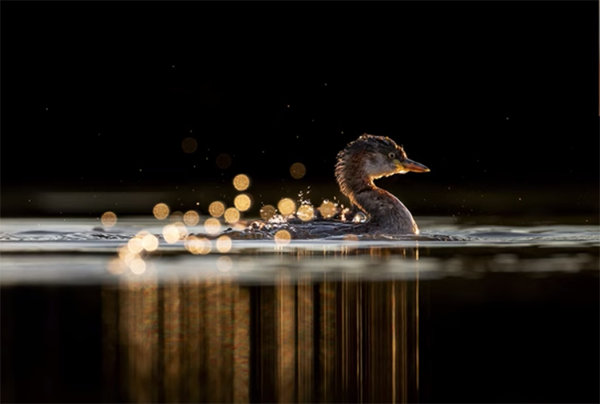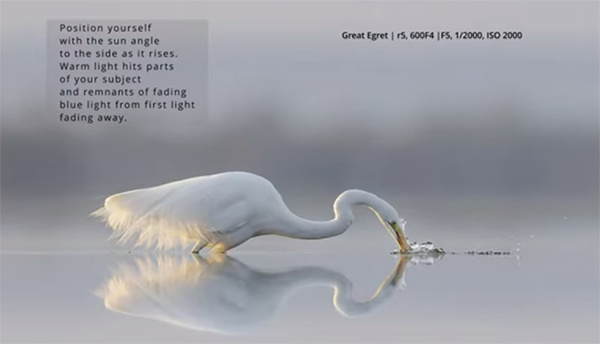Boudoir Basics: A Sensual Pose for Every Body Type with Natural Light (VIDEO)
Boudoir imagery is a unique subset of portraiture that’s growing in popularity as more and more photographers learn how easy it is to pursue with the equipment they already own in the comfort of their home. There’s no need for a decked-out studio or complex-and-expensive lighting gear if you understand how to take advantage of natural illumination streaming through a window.
This quick tutorial from Patrick’s Boudoir Photography Secrets is perfect for r first attempt because it’s super simple. And the comfortable couch pose is easy to teach to a “model” without experience like a spouse, friend, or significant other.
Patrick is a Vienna-based portrait artist specializing in b&w natural-light photography and this episode is installment #20 of his ongoing Two-Minute Tips series that explores posing, storytelling, image structure and more. In the next four minutes you’ll the simple steps for keeping a model comfortable by providing simple guidance, along with the necessary camera settings and shooting techniques to achieve compelling images that make you and your model proud.

Thoughtful composition also factors into the equation, especially when using soft window light to illuminate your “set.” You’ll be surprised to see how slight adjustments in body posture can enhance femininity when photographing models of all body types. The trick is understanding how to identify and accentuate a subject’s best physical attributes.
You’ll also learn why b&w boudoir photographs can be so compelling once you understand Patrick’s methods for creating stunning highlights and shadows without supplemental lighting. He also demonstrates how to quickly and effectively edit your images with his Ultimate Pack Lightroom Presets (there’s a link in the description beneath the video.
Mother’s Day is coming up in a couple months, and a nicely-frame boudoir photo of your wife will me a really nice gift. So start practicing now.

Be sure to check out Patrick’s instructional YouTube channel if this video strikes your fancy. There’s much more to learn about this fascinating genre, and you’ll also be able to view the first 19 episodes of this series.
And don’t miss the related tutorial we featured earlier with an image-editing beginners guide to transforming dull color photographs into attention-grabbing monochrome images.









